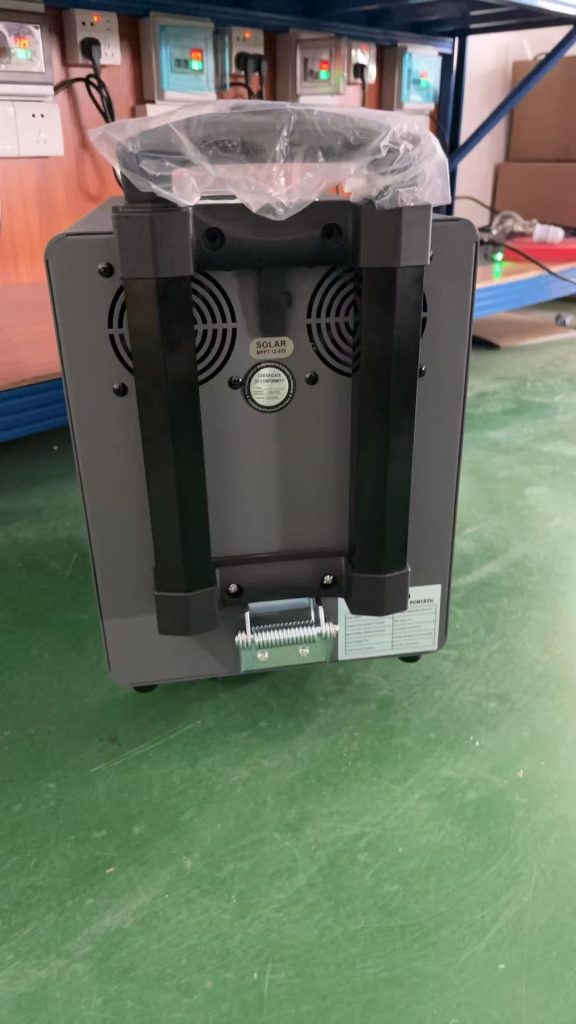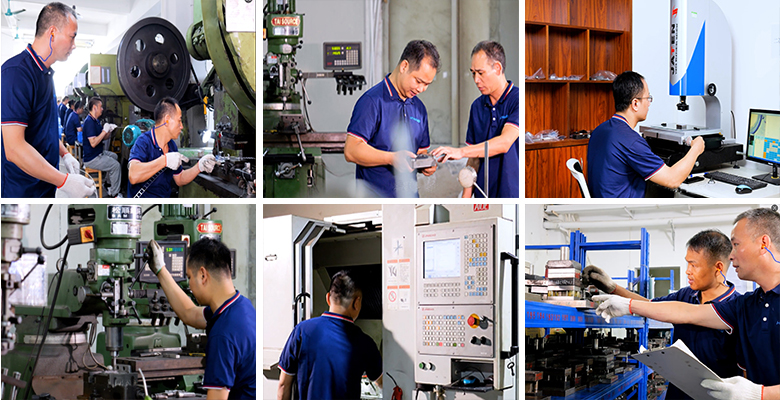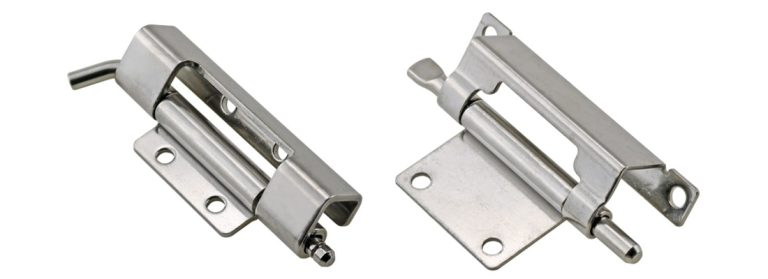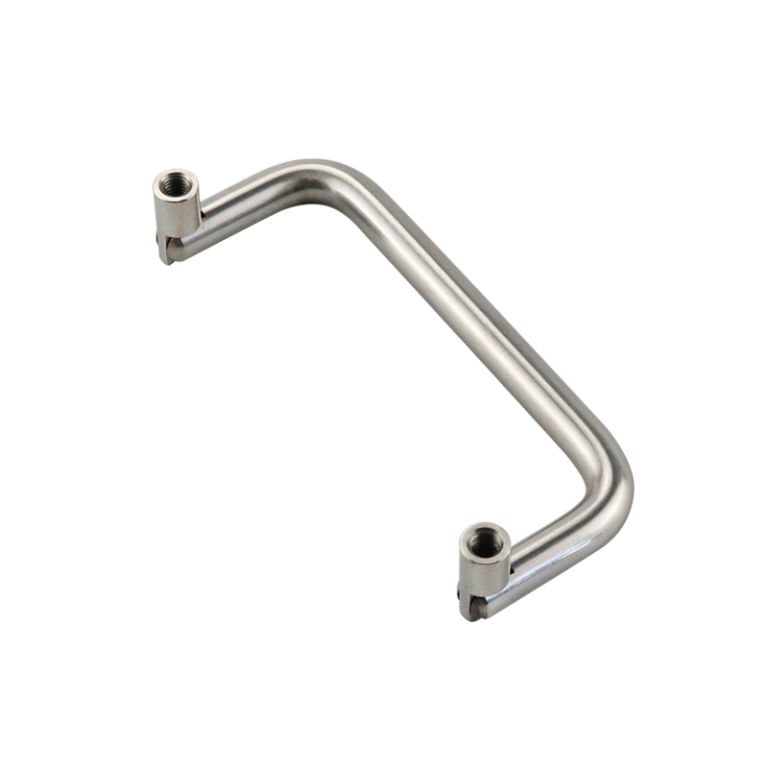HTAN is one of the leading manufacturers of industrial hinges, handles and latches in China.



In the design of industrial equipment or control cabinets, how do you choose panel hinges that open smoothly and close automatically? Spring hinges are a key component that directly affects the efficiency and safety of equipment operation.
In this article, we will analyse the selection method of industrial spring hinges in detail to help you find the best solution according to the actual needs.
Know your application requirements
Before choosing spring hinges, it is important to clarify the usage scenario and specific requirements of the equipment. The opening force, closing angle, durability and protection level of hinges vary significantly from industry to industry.
Common application scenarios
- Door panels of automation equipment: spring-loaded hinges requiring high-frequency opening and closing.
- Control panels for power distribution cabinets: IP65 or higher for water and dust resistance.
- Medical equipment enclosure: easy-to-clean stainless steel is preferred to meet medical safety standards.
- Special vehicle enclosure covers: hinges that are vibration resistant and can withstand large loads are required
Medical Safety Standards Reference:FDA hygiene requirements

How spring hinges work and what types are available
Spring Closed vs Spring Open
- Spring Closed Hinge: Automatically closes the door by a built-in spring, suitable for frequent operation (e.g. control cabinets).
- Spring-open hinges: keep panels open for easy access and maintenance (e.g. large enclosure covers).
One-way vs two-way moment hinges
- Unidirectional Moment Hinges: Can only provide support in one direction, suitable for fixed angle panel positioning.
- Bi-directional moment hinge: supports multi-angle hovering, convenient for adjusting panel position (e.g. medical screen bracket).
Key Selection Parameters
Material Selection
- Stainless steel (SUS304/SUS316): suitable for high humidity or corrosive environments (e.g. marine equipment, medical instruments), up to 500 hours of rust-free performance in DIN EN ISO 9227 salt spray test; SUS316 outperforms SUS304 in neutral salt spray test, suitable for marine or chemical environments.
- Zinc alloys: cost-effective and suitable for general industrial equipment (e.g. switchboards).
- Plastic reinforced composites: lightweight and insulating, suitable for electronic equipment housings.
Torque parameters and angle range
- Spring torque (Nm): selected according to the weight of the door panel.
For example, a 5kg door panel usually requires a torque of 0.8-1.2Nm. - Opening angle: 90 degree hinges are suitable for compact spaces, 180 degree hinges provide a greater operating range.
Installation and Maintenance Recommendations
Correct installation
- Screw fixing: high stability, suitable for heavy duty equipment.
- Snap-fit: time-saving, suitable for mass-produced light equipment.
Ensure that the hinge is aligned with the centre of the panel during installation to avoid distortion due to uneven forces.
Service life and maintenance
- Regularly check the spring fatigue status (lubrication every 6 months is recommended).
- In highly dusty environments, select a model with protection class ≥ IP65 (e.g. food processing equipment).
According to ANSI/BHMA A156.9 standard test, high quality stainless steel hinges can still maintain stable function after 100,000 switching cycles.
Popular spring hinge brands and product recommendations

Haitian Industry (HTAN) [China Representative]
- Product Series: STH Series Stainless Steel Spring Hinge
- Advantage: Load capacity up to 15kg, suitable for rail transport and automated production lines.
- The products have been verified by many industrial testing standards and are highly stable.
Southco (USA) & Sugatsune (Japan)
- Southco C6 Series: Widely used in aerospace, medical and rail industries.
- Sugatsune HG-JV Series: High durability, conforms to JIS Japanese industrial standards, suitable for medical and precision instruments.
Frequently Asked Questions
Q1: How can I tell if a device is suitable for spring hinges?
A: Spring hinges are recommended if the equipment door panel needs to close or remain open automatically and is opened and closed more than 50 times per week.This recommendation is in line with ANSI/BHMA A156.9 guidelines.
Q2: How long is the life span of spring hinges in general?
A: High-quality stainless steel hinges can be opened and closed more than 100,000 times under normal use (about 3–5 years), in accordance with ANSI/BHMA A156.9 standard test.
Q3: Can spring hinges be used with damping hinges?
A: Yes, it can. For example, where slow closure is required, a combination of spring hinges can be used to provide power and damping hinges to control speed.
Conclusion
Spring hinges not only improve operational efficiency, they also reduce long-term maintenance costs.
By evaluating your equipment’s operating environment, load requirements and switching frequency, combined with the technical parameters of the brand’s products, you can find the most compatible solution.
For first-time users, it is recommended to prioritise brands that have been proven in industrial scenarios (e.g. Hettan Industries, Southco or HTAN) to ensure performance stability and after-sales support.


-768x768.png)




